CTPAT – Minimum Security Criteria for Cybersecurity

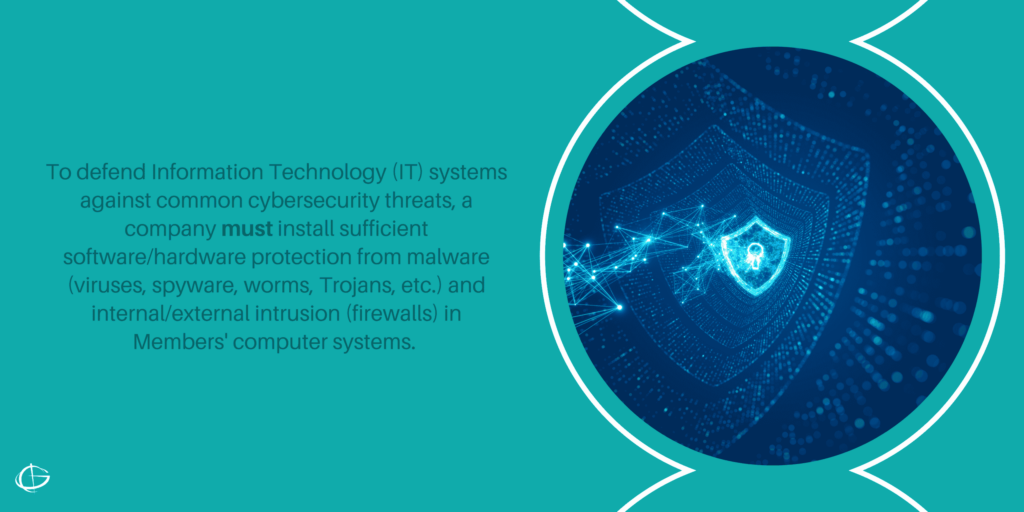
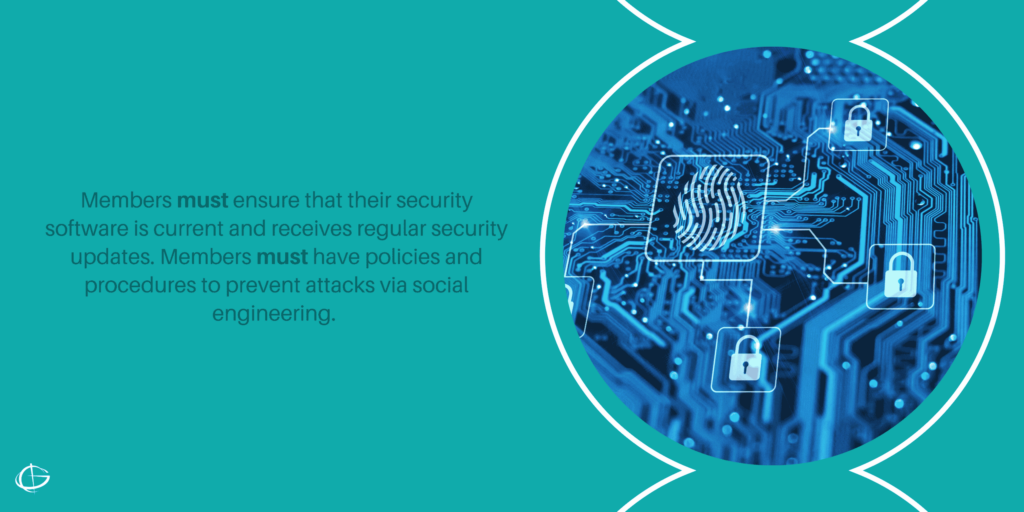


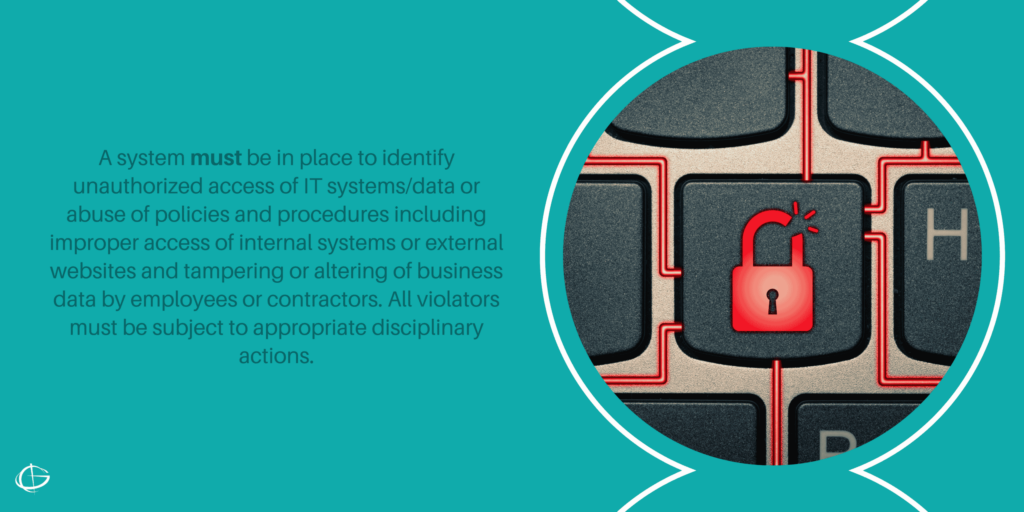
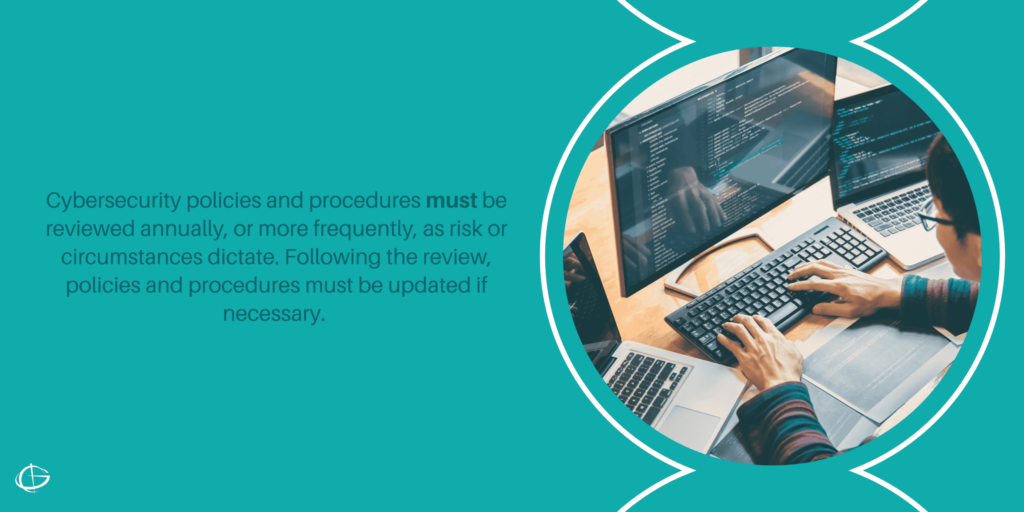
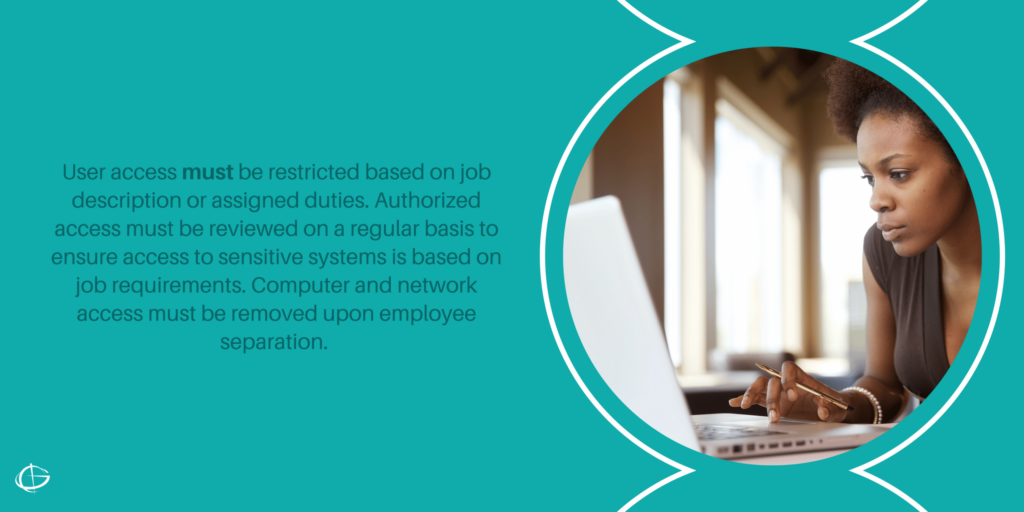
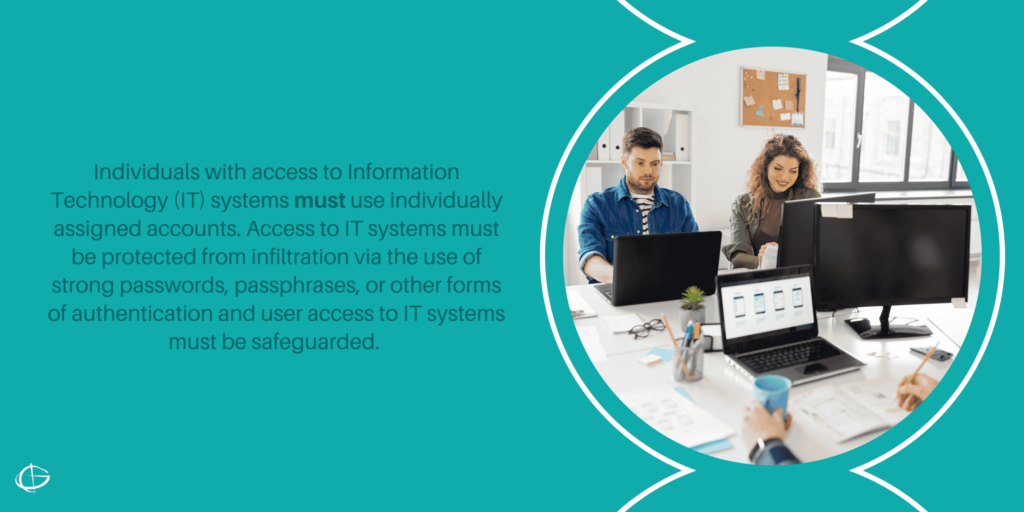
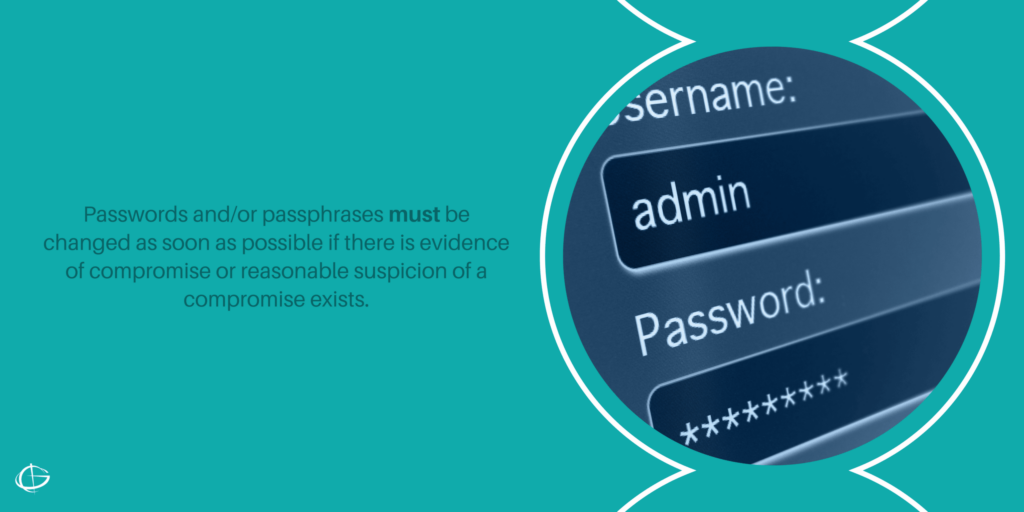
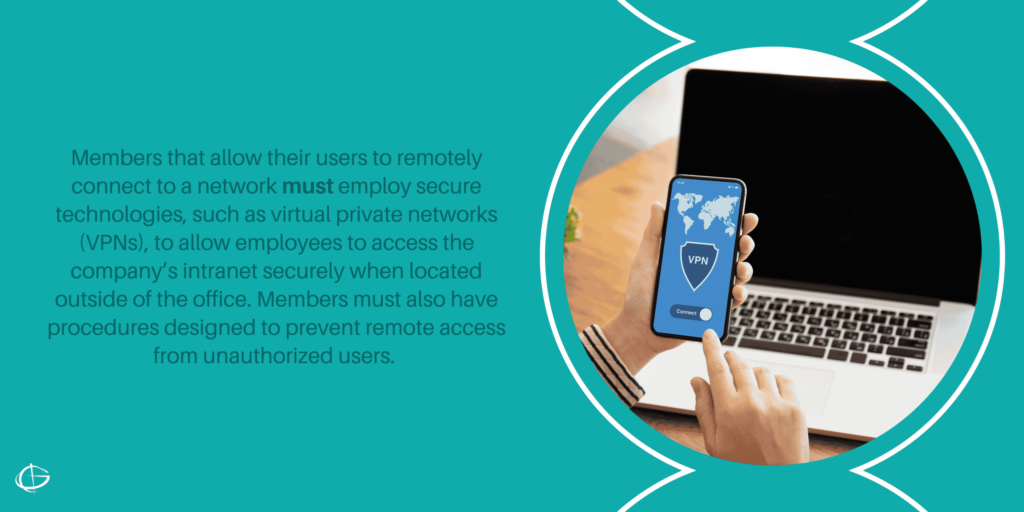
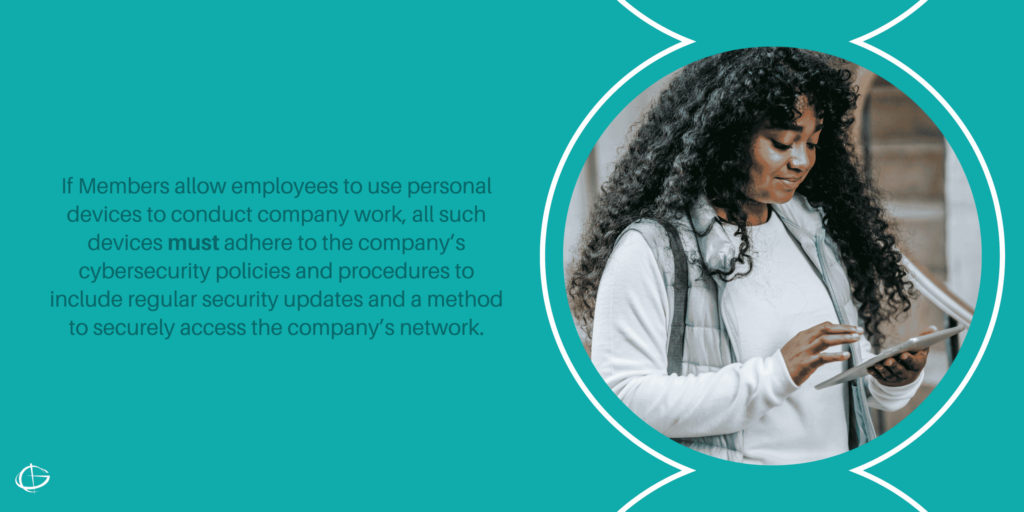
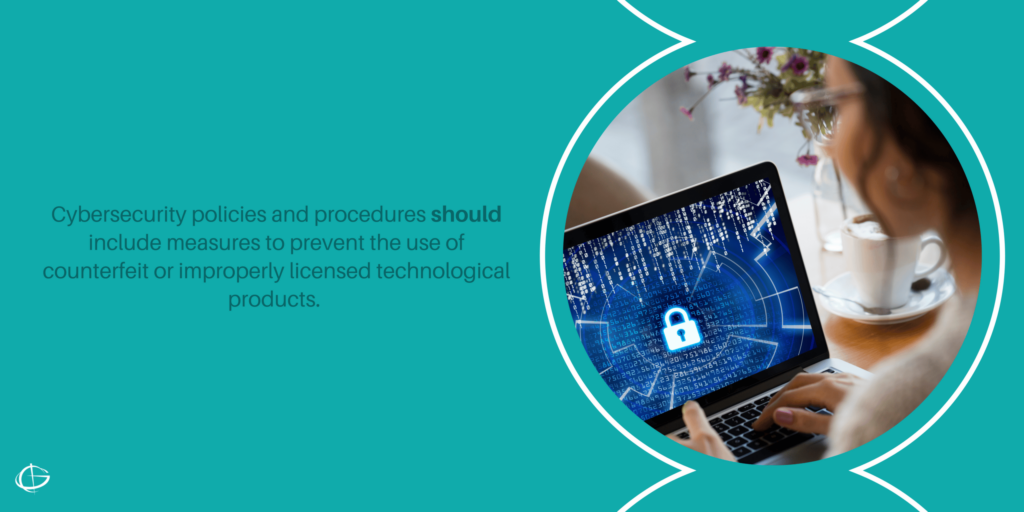



The term “Trade Compliance” is much more than a fancy buzz word that makes importers and exporters sound important. Trade Compliance is important. In fact, it is critical to the existence and continued success of all parties engaged in International Trade. The old adage, “importing is not a right, but a privilege”, is even truer…

If you can’t move production to avoid tariffs like the companies in the story below, make sure to get the training you need to make sure you are properly classifying products and applying the correct tariff rates. Don’t take a risk, get training here. HOUSTON — GE was blindsided when President Donald Trump’s tariffs…

During testimony at the U.S. International Trade Commission (USITC) today, Aluminum Association President & CEO Heidi Brock highlighted the urgent need for full, quota-free tariff exemptions for Canada and Mexico as part of the newly-renegotiated U.S.-Mexico-Canada Agreement (USMCA). The comments were made as part of the USITC’s hearing, United States-Mexico-Canada Agreement: Likely Impact on the U.S….

In a recent escalation of tensions, China has imposed sanctions on two U.S. defense companies for selling weapons to Taiwan. The Chinese foreign ministry announced that it has banned senior executives of these companies from entering the country and frozen their properties. This move by China is a response to what it perceives as a…

In a recent ruling, the World Trade Organization (WTO) declared that China had violated its trade agreements by imposing retaliatory tariffs on US exports. These tariffs were in response to steel and aluminum duties imposed by the Trump administration in 2018. This blog examines the implications of this ruling, focusing on the impact on US…
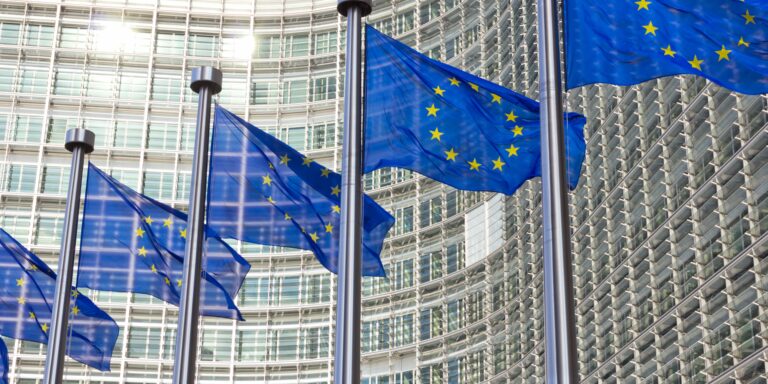
Germany’s DIHK Chambers of Commerce and Industry is urging the European Union (EU) to adopt an ambitious trade policy that supports companies in the bloc in their international business endeavors. According to DIHK President Peter Adrian, the current geopolitical challenges necessitate a reorientation of international trade policy. He emphasizes that the EU must adapt its…